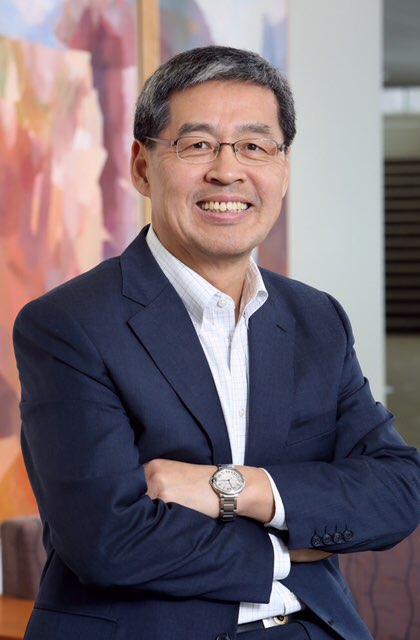
LG Chem Vice Chairman Shin Hak-cheol. (Photo: LG Chem)
LG Chem has reorganized its business structure under the stewardship of new Vice Chairman Shin Hak-cheol. The restructuring calls for inaugurating a advanced materials business headquarters.
LG Chem reshaped its business structure - four business headquarters and one business division - into four separate headquarters: petrochemicals, energy solutions, advanced materials and life sciences.
A key point of the restructuring is the creation of the advanced business headquarters. The headquarters was inaugurated by merging the conventional IT-E material headquarters, the materials business division and the engineering plastic business department within the petrochemical business headquarters.
Senior Executive Vice President Yoo Ji-young has been appointed to head the newly created headquarters.
Vice Chairman Shin said the materials sector needs to purse endless innovation under the influence of the 4th Industrial Revolution, and it will serve as another leap forward. The advanced material business headquarters will be nurtured as a 3rd growth axis along with petrochemical and battery businesses, he said. All business structure and the way of doing business will be changed with a focus on markets and customers to build business portfolios for sustainable growth, Shin added.
The advanced materials business headquarters is divided into three businesses - automotive materials, IT materials and industrial materials.
The automotive materials business is responsible for strengthening the intensity of automotive materials and lightening with a focus on the engineering plastic business, while the IT materials business focuses on the strengthening of the competitiveness of industrial materials in the eco-friendly energy sector, including positive electrode, a segment for potential of high growth.
Annual sales of the advanced materials business headquarters are estimated at roughly 4.7 trillion won. The name to the conventional basic materials business headquarters has changed to the petrochemical business headquarters to clarify business arenas and implement growth strategies.
LG Chem plans to ramp up vertical integration, ranging from basic materials to catalysts and finished products by making the most of technology differentiation and operational capabilities. The petrochemical business headquarters is expanding the capacity of a naphtha cracker center and a value-added polyolefin production facility in the Yeosu plant to 800,000 tons each.
LG Chem said on April 2 that the company took over proprietary technologies, related research and production facilities, including 540 patents plus the next-generation platform “soluble OLED” technology from DowDupont. The company did not divulge the price of the acquisition, but it was said to stand at 200 billion won. A recent board meeting gave the nod to the plan to take over the technology from DowDupont.
DowDupont’s technology, dubbed “soluble process technology,” is a next-generation OLED material technology for inkjet printing. The technology is evaluated to be more efficient and cost less than “evaporation” process being adopted by Korean OLED producers.
LG Chem’s latest acquisition comes in the context with the company’s strategy to reshape the material business with a focus on OLED panels in lieu of LCD panels. Word of the disposal of glass substrate and polarizer businesses spread in the industry, but LG Chem said they were not true.
LG Chem said the company was seeking to find a Chinese business partner to shore up the No. 1 position in the Chinese polarizer market, and it was trying to promote cooperation on diverse applications other than LCD whose market is sagging.
LG Chem was reportedly considering acquiring the engineering plastics business from the global chemical player BASF to cope with automotive lightening. Engineering plastics are high-performance plastics replacing metals in automobile, electric/electronics and aviation fields.
LG Chem to Issue Corporate Bonds Worth 1 Trillion
LG Chem has announced a plan to issue corporate bonds worth 1 trillion won.
LG Chem decided to increase the amount of corporate bonds issued from the initially planned 500 billion won to 1 trillion won, based on the outcome of “demand forecasting” for institutional investors. Interest from investors was found to total 2.64 trillion won, the largest since the demand forecasting system was introduced in Korea in 2012.
By segment, it plans to issue 160 billion won bonds with a three-year maturity, 240 billion won with five-year maturity, 200 billion won with a seven-year maturity and 400 billion won with 10-year maturity.
_lg화학도표.jpg)
